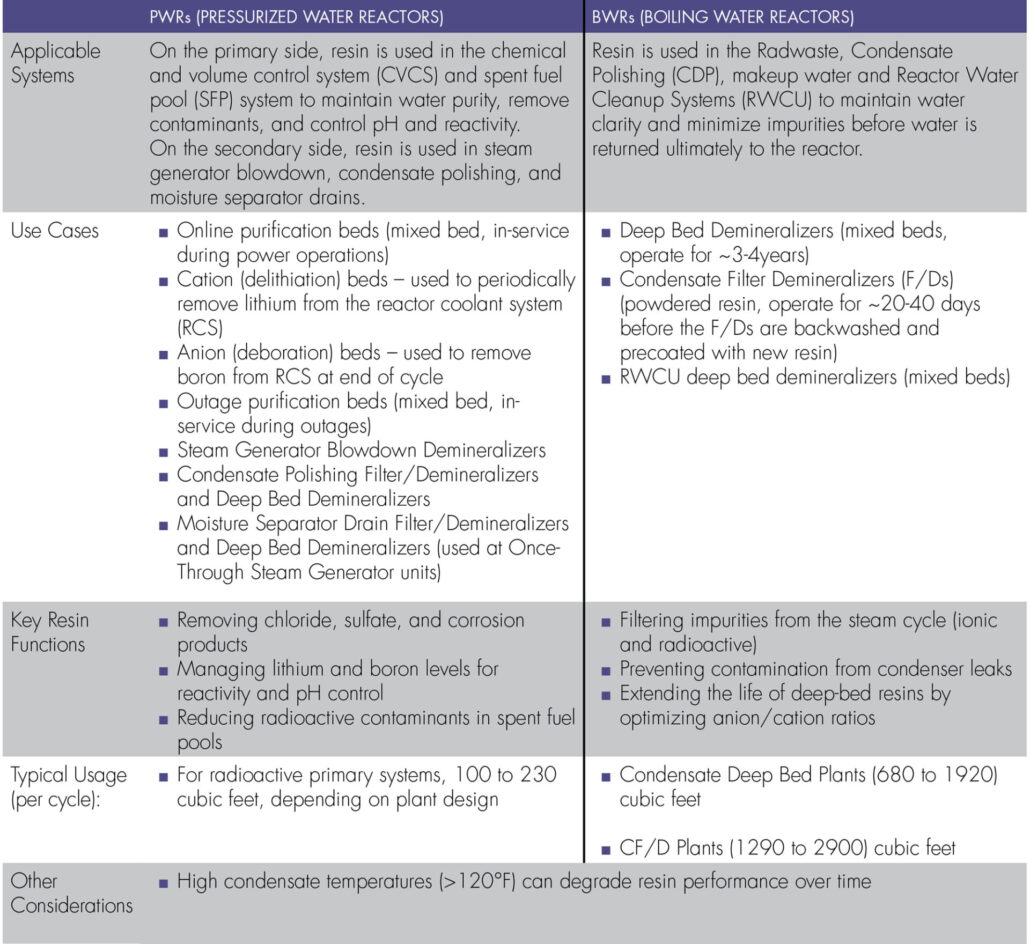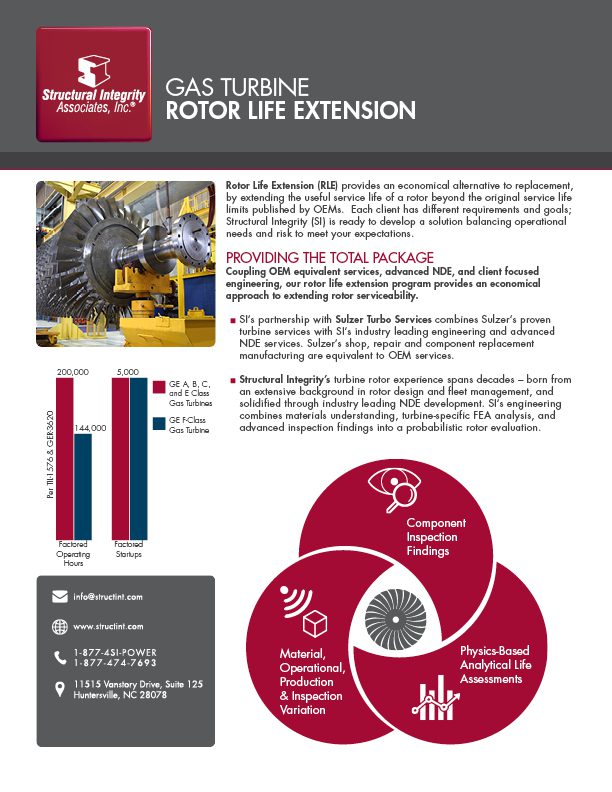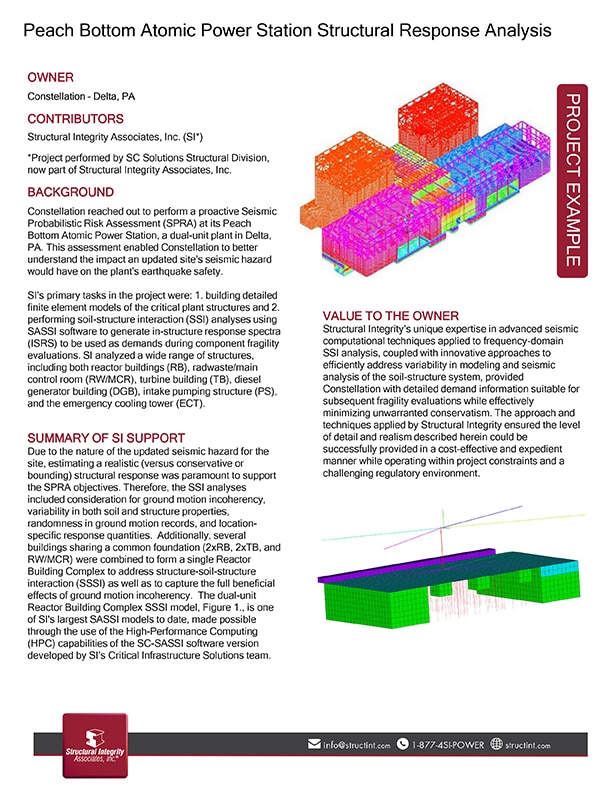By: Wayne Gibson, Erica Libra-Sharkey, Warner Weber, and Al Jarvis
In a nuclear power plant, the quality of water used in the primary and secondary processes is critical for safe and efficient operation. Resin selection plays a key role in maintaining water quality by removing ionic impurities and radioactive contaminants from cooling and wastewater systems to support corrosion control and minimize radiation fields while balancing O&M costs. Over time, resins become exhausted and must be replaced or regenerated, leading to waste generation, added costs, and potential operational inefficiencies. SI’s Operational Support Services (OSS) team specializes in resin optimization programs designed to maximize resin lifespan, improve water chemistry and filtration performance, as well as reduce waste. This article details SI’s industry-leading approach to resin optimization, with several case studies illustrating the measurable impact of these projects.
Background on Resin Usage

Figure 1. Scanning Electron Microscope images of cation and anion resin beads
Resin typically consists of polymer beads that exchange undesirable ions with more desirable ones, helping to prevent or minimize corrosion and minimize radiation exposure. However, these benefits come at a cost, as both the initial purchase and subsequent disposal of resin is a significant O&M expense. Spent resin is typically classified by radioactivity levels, Class A, Class B, or Class C, and disposal costs range greatly. In addition to cost savings realized from optimizing resin configurations and purchasing, annualized disposal cost savings from reduced radioactive waste disposal support a thorough evaluation of resin programs at nuclear power plants.
While the fundamental purpose of resin is the same across nuclear plants, its application differs between pressurized water reactors (PWRs) and boiling water reactors (BWRs):

Resin Optimization Approach
Resin optimization is a data-driven process that balances cost savings, chemistry control, and operational reliability. Many nuclear sites use more resin than necessary, leading to higher procurement and disposal costs without additional benefit. Our team works closely with sites to analyze resin performance, historical loading trends, and chemistry requirements to determine whether adjustments can be made without adversely impacting plant operations.
Key steps in the optimization process include:
- Assessing Current Resin Usage: Reviewing baseline chemistry and operational conditions to identify potential inefficiencies.
- Evaluating Licensing and Regulatory Considerations: Ensuring that any reductions in resin usage comply with site licensing requirements (e.g., UFSAR assumptions on failed fuel scenarios).
- Adjusting Resin Loading: Identifying opportunities to reduce resin volume while maintaining or improving performance.
- Optimizing Resin Composition: Adjusting cation-to-anion resin ratios or resin type to better match site-specific chemistry.
- Mitigating High-Temperature Degradation: Recommending resin formulations that can better withstand elevated condensate temperatures, which has become increasingly relevant for a number of nuclear sites.
- Implementation Planning: Developing a phased approach to gradually introduce changes, ensuring seamless integration into site operations.
Example #1: Detailed Fleet Resin Assessment
The SI team conducted a comprehensive resin optimization analysis for a nuclear utility fleet, which consists of both PWR and BWR reactor types. For each site, the current resin strategy was reviewed for opportunities to reduce purchase and disposal costs while maintaining performance and regulatory compliance (UFSAR requirements). Key findings from the study are summarized as follows:
- At one of the PWR locations, there was no opportunity to reduce resin volume, but the team identified an opportunity to implement more cost-effective resins already in use elsewhere in the fleet. In addition, optimized cation to anion resin ratios were recommended to improve bed longevity. These actions resulted in annual savings of more than $60,000.
- At a BWR location, the team confirmed that the existing resin strategy is effective. An alternative resin was recommended to improve chemistry performance, though it did not offer direct cost savings. However, several potential equipment upgrades were identified which would have measurable cost savings if implemented.
- At a separate PWR location, the team identified an opportunity for resin volume reductions (20 cubic feet per fuel cycle) in addition to other optimizations. This led to significant savings in both purchase and disposal costs, totaling almost $160,000 per year.
Overall, the resin optimization project for the nuclear utility fleet was very successful, identifying potential performance enhancements and netting the utility more than $220,000 in annual savings.
This structured approach has helped multiple nuclear fleets reduce resin procurement and disposal costs by hundreds of thousands to millions of dollars per cycle, while maintaining chemistry control and reactor efficiency.
Example #2: Fleet-Wide Optimization Study
SI performed a similar study for a different nuclear utility fleet with a mix of BWR and PWR units. The study was highly quantitative, analyzing existing operational chemistry behavior of the historical resin programs being implemented at each site. Through this process, the team identified numerous opportunities to reduce resin usage while maintaining or improving performance. The study also provided an opportunity to benchmark the sites against best practices within the fleet and the industry at-large and identified instances where standardizing resin strategies (as appropriate) would result in improved operational performance at certain individual sites. In total, SI’s recommendations have the potential to save the fleet over $1M in operating costs annually. SI’s OSS team is actively supporting implementation of these recommendations at several additional sites.
Conclusion
Resin optimization is a proven strategy for nuclear plants seeking to improve chemistry control while reducing operational costs and radioactive waste. By taking a quantitative approach, SI has helped major utilities identify measurable improvements in resin usage, achieving millions of dollars in annual savings. With increasing industry focus on efficiency and waste reduction, proactive resin management will continue to be a key driver of operational excellence.

Figure 2. Layout of Condensate Filter/Dimeneralizer Beds at a BWR Plant
SIA has been servicing the nuclear power industry with specialized chemistry solutions throughout our decades of experience and operation. As we continue to grow and evolve, our Operational Support Services (OSS) group has expanded our service offerings into several new areas including, Radiation Management, Emergency Preparedness, and Environmental, while simultaneously advancing our Chemistry and Equipment support. Our experienced staff look forward to continuous advancements in nuclear and non-nuclear spaces to support our clients in all their needs.

DOWNLOAD FULL ISSUE




